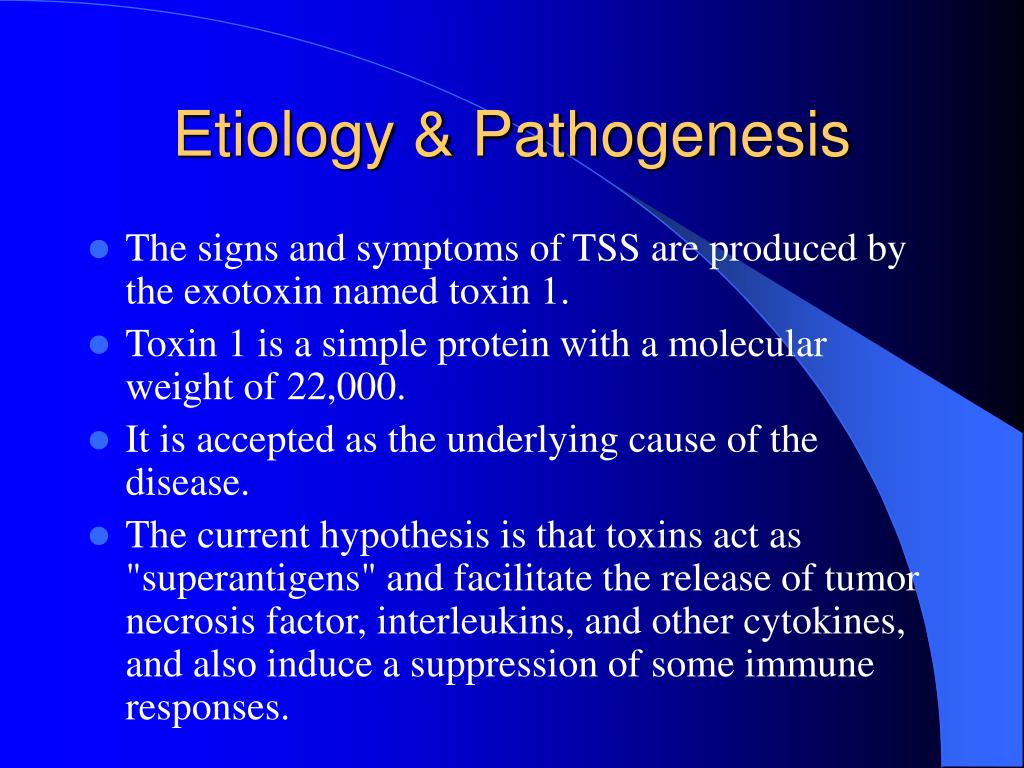

Venous oximetry entails measuring the oxyhemoglobin saturation of central or mixed venous blood. 8 This may be one reason that treatments for shock directed at augmenting oxygen delivery fail to lower lactic acid values or improve outcomes. Nevertheless, other mechanisms are likely, including enhanced aerobic glycolysis through activation of Na+/K ATPase, perhaps mediated by catecholamines. These findings cannot exclude oxygen lack, since microvascular dysfunction 6 and maldistribution of blood flow 7 may create hidden zones of hypoxia. Yet many resuscitated septic patients have high CO, total body oxygen delivery, venous saturations, and tissue oxygen saturations, 5 along with oxidation-reduction ratios that do not support a theory of anaerobic metabolism. In some patients, tissues may be deprived of oxygen, especially before resuscitation or perhaps in the mesenteric circulation, and produce lactic acid anaerobically. The lactic acidosis of sepsis (and perhaps some other forms of distributive shock) is more complex. 4 For patients with low CO shock (hypovolemic or cardiogenic), the genesis of hyperlactatemia is easy to understand: limited oxygen delivery to tissues cripples oxidative metabolism, causing tissues to shift to anaerobic production of ATP, and increases the generation and release of lactic acid. 3 Moreover, normalization of lactate values is strongly associated with survival.
#The diagnosis of shock must include trial#
In a trial of early goal-directed therapy, targeting a lactate clearance of 10% was as good as aiming for normal central venous oxyhemoglobin saturation. 2 In a similar vein, successful resuscitation typically produces rapidly falling values.

Shock often produces significantly elevated blood levels of lactic acid sometimes this precedes hypotension and serves as an early indicator. Because delays in resuscitation may be lethal, shock demands prompt diagnosis and urgent resuscitation. Timely resuscitation blunts inflammation and mitochondrial damage, potentially reducing the burden of early and late morbidity. Initially, shock is reversible, but rapidly progresses to cellular injury, cell death, failure of critical organ systems, and an irreversible state that terminates in death. Subtle or atypical presentations of shock may require a high index of clinical suspicion. In such patients, the diagnosis may be challenging, especially since there is such interindividual variance in normal values for blood pressure. A subset of shock patients will have normal blood pressure (even hypertension is possible) many will also lack tachycardia. The basis for shock may be readily evident from the presentation, such as following trauma, or when symptoms or signs of hemorrhage, fluid loss, or sepsis are evident. Most patients will be hypotensive (mean arterial blood pressure < 60 mm Hg) and are often tachycardic, tachypneic, and exhibit overt end-organ dysfunction, such as oliguria, encephalopathy, or lactic acidosis ( Table 21–1). Shock is acute circulatory failure threatening multiple organ systems and producing a grave threat to survival.


 0 kommentar(er)
0 kommentar(er)
